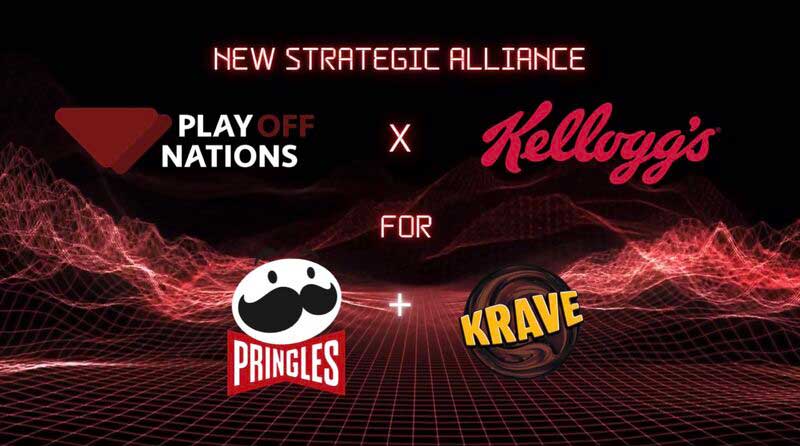Have you heard of Aitana Lopez? Surely if you are not too familiar with the world of artificial intelligence and you have searched for this girl on social networks nothing has caught your attention beyond her pink hair. Perhaps if we ask you to dig a little deeper you start to find the absence of videos in which she is seen talking or interacting with anyone odd. Suspicious for a model/influencer, no?
We have not mentioned artificial intelligence by chance, but because it is the reason why Aitana López is a little better known today. Aitana does not exist, it is a product created through AI with a very clear purpose: to reduce costs for the customer. Well, it’s not that we are jumping from one topic to another without sense, it’s that the purpose of artificial intelligence is creating models and influencers is none other than to collaborate with brands. In fact, this initiative was born so that companies with a limited budget could jump on the influencer marketing bandwagon without having to pay the very high fees of content creators.
Aitana is currently attracting more than 115,000 followers on the social network Instagram with her genuine approach to healthy living and fitness fashion. At first glance, Aitana is just one more among the many young women who share their day-to-day lives on platforms like Instagram, however, what sets her apart is her authenticity, and that is that this influencer does not hide the expression wrinkles or the imperfections that bloom on her skin. Aitana, with her distinctive pink hair, shows preferences for anime, video games and a constant dedication to the gym, evidenced in her photographs with sportswear, in an effort to attract collaborations and publicity.
The truth is that this new wave of ‘influencers’ has its origins in the Only Fans platform, fertile ground for these virtual profiles, establishing a pattern of young and sexualized characters that now extends to the broader social networks. These digital influencers, despite their artificial nature, generate interactions that often appear to be directed at real people. The growth of these profiles was so overwhelming that the more generalist social networks did not take long to adapt them, something that seriously caught the attention of not-so-small brands causing the first large-scale collaborations to gestate.
The big difference between AI and other technologies ever invented is that the capabilities of the former are so many that it is difficult to identify that a machine has done it, for example, when making a drawing or “taking a picture”, the results it offers are virtually identical to reality.
Internationally renowned brands such as Dior or Valentino relied back in 2018 on Noonoouri, a profile created by artificial intelligence that paved the way for AI-generated influencers to become central figures in marketing and advertising strategies in the face of the astonishment and ignorance of the target audience.
Will artificial intelligence put an end to the influencer business?
The reflection now comes from the fear generated by the rapid advance of society thanks to (or because of) this type of tools. Will it be the end of influencer marketing as we know it? Will artificial intelligence leave behind the world created by and for humans? The key, according to experts, is to know how to coexist with both. Using artificial intelligence for the benefit of humans to reduce excessive costs, to make daily tasks a little lighter and to be able to create things that are beyond human reach without this being to our detriment.





